




Learning Objectives
 Theme/Function
Theme/Function
Asking the way
Giving directions
Asking and answering about what you do
 Grammar
Grammar
Statements and yes-no questions with be
Simple present tense:statements and questions
Short answers to yes-no questions
 Vocabulary
Vocabulary
Jobs: intern,pilot,valet,dentist...
 Speaking
Speaking
Practice asking the way
Practice giving directions
Practice asking and answering questions about what you do
 Reading
Reading
Read a passage about traffic in Beijing
Practice understanding descriptive vocabulary from the context
Understand recommendations and advice
 Writing
Writing
Write a short guide to your city
Video Listening
1. Work in pairs . Think about the dialogue from the video.What can you remember? Work with your partner to fill in the blanks and create a new conversation.You can change locations,directions and greetings.
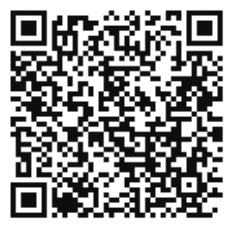
Watch the video
Chris: Hi,excuse me!Sorry to trouble you.Can you tell me__________the Intercity Bus station?
Dave: Sure.__________.
Chris: Is it__________?
Dave: Yes,it is.Keep walking straight ahead.Turn right at the traffic light, then go along the road.It's across from the train station.__________.
Chris: Thanks so much.
Dave: __________.Actually.I'm on the way to the train station right now.
Chris: Oh,good!__________if we walk there together.
Dave: Not at all.It's always a good idea to__________.
Chris: That's very nice of you.
...
2. Role play . Now add two or more lines and role play the conversation between Chris and Dave.
Speak Like a Native
(1) Within walking distance.
"Within walking distance"indicates that a place is not far from where we currently are.It literally means that we can walk there.Note that,when we use"within walking distance",that means it is not far.
(2) You can't miss it.
We use"You can't miss it"after giving directions to somebody to get to a place.This sentence acts as a closing remark to the sequence of directions,while it sends a message that finding a place is not difficult if the listener follows directions closely.
(3) I hope you don't mind.
We use "I hope you don't mind" when we are looking for understanding.We expect our counterpart to give us a positive answer;therefore,we tend to use it when we feel that the other person will be in agreement.We are therefore looking for approval.The expression is slightly formal and is often followed by"if".
Vocabulary Brainstorm
Work in groups . Look at the word map.In each bubble,there is one word related to directions.What other words do you know? Work together to list them under the correct bubble.
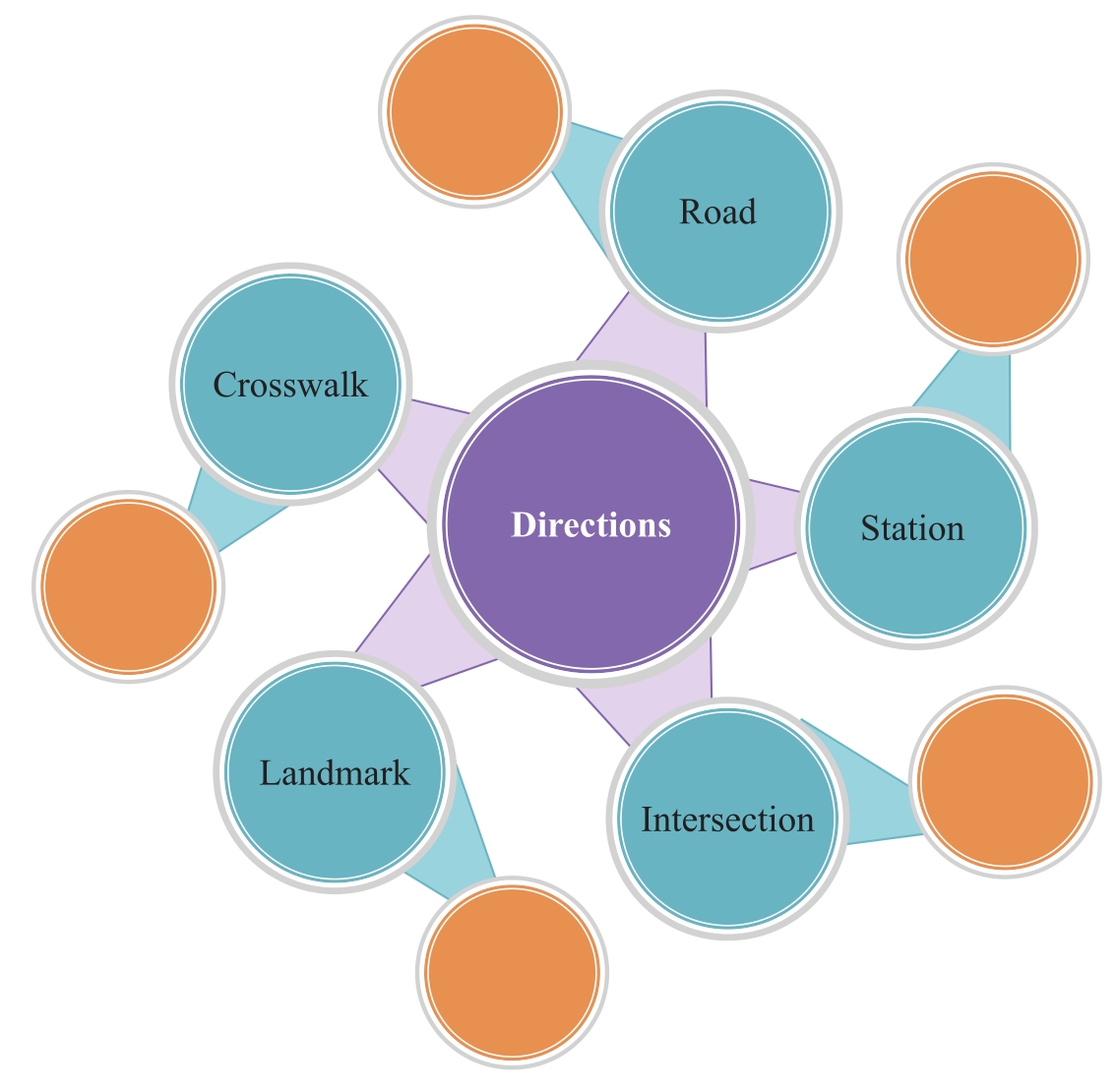
Questions and Statements
Work in groups . Work together to brainstorm expressions we use for asking and giving directions.

Example:
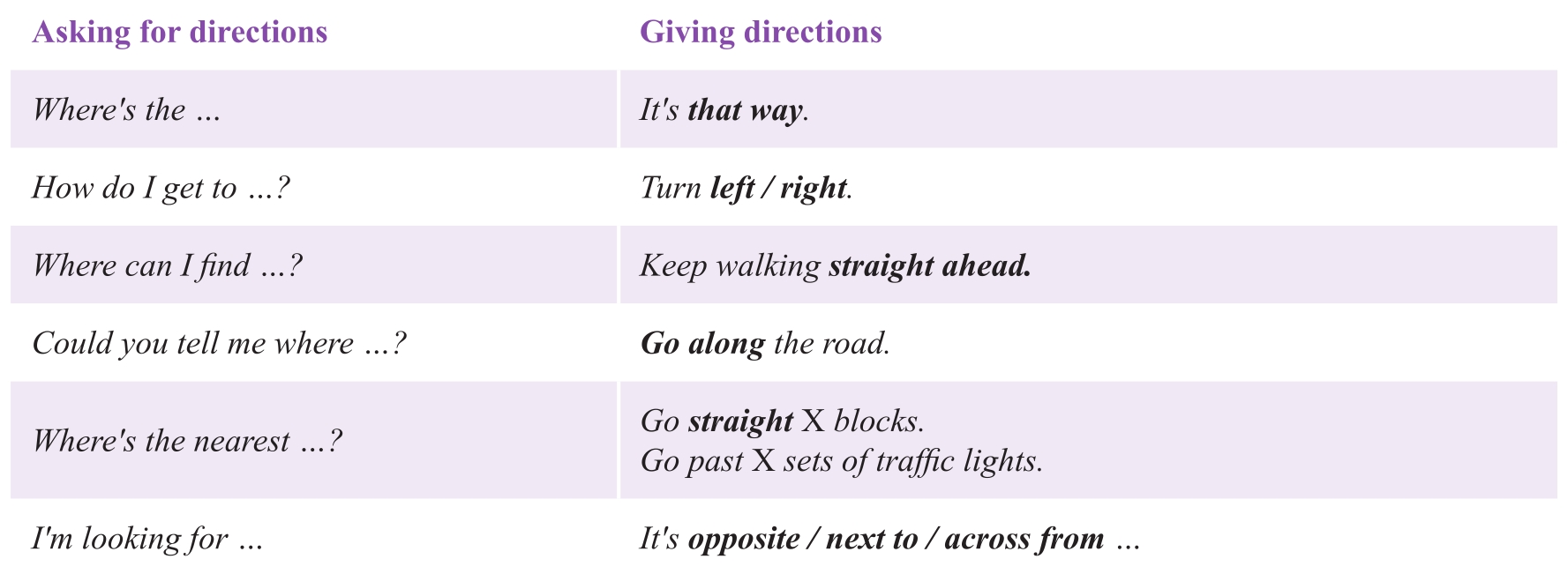
*When asking for directions,modal verbs will help you communicate in a polite way.You may use these sentence structures:
May I ask you…?
Can/Could you tell me…?
Can/Could you show me…?
Would you please tell me…?
Information Gap: How do I get there?
Work in pairs . Student A looks at this page.Student B looks at page 5.You are both at the"start"position located at the bottom of the map.Ask student B for directions to these places and mark them on your map: the pet shop , the pub , the school , the zoo , the hotel , the town hall , the post office , the gym , the library .
Example:
A: Excuse me,how do I get to the pet shop?
B: Turn right at the start.Go along Station Street.The pet shop is on the left and the corner of kingston Rood.You can't miss it.

Information Gap: How do I get there?
Work in pairs . Student B looks at this page.Student A looks at page 04.You are both at the"start"position located at the bottom of the map.Ask student A for directions to these places and mark them on your map: the railway station,the book shop,the taxi rank,the coffee shop,the bank,the cinema,the cafe,the park,the shoe shop .
Example:
A: Excuse me,how do I get to the railway station?
B: Go along Oxford Lane to Castle Street.Turn left at the junction.The Railway Station is on the right.You can't miss it.
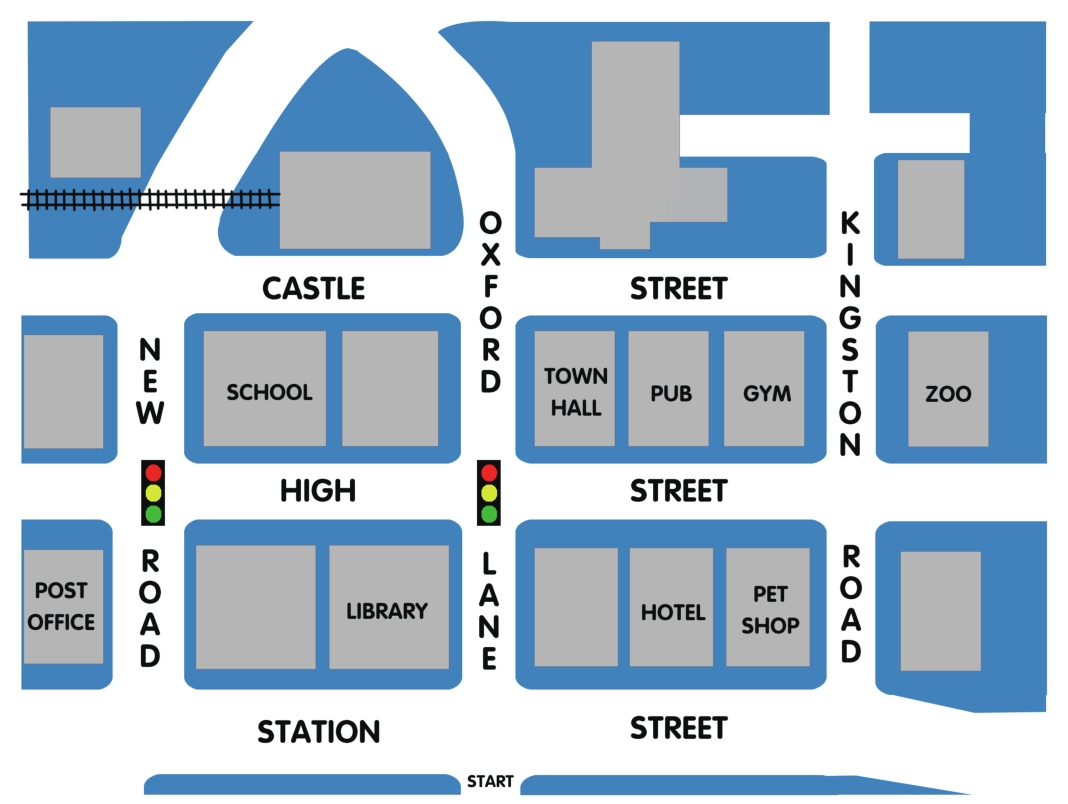
Introduce Yourself
Whole class . First,write down three sentences about yourself on a piece of paper.Follow the examples below:
Where are you from?
What do you want to do?
What do you like to do in your free time?
I am from Shanghai.
I want to become a fashion designer.
I like reading fashion magazines in my free time.
Now,hand in the paper to your teacher so that you get another piece of paper from another student.Walk around the classroom to find the person who wrote the paper using the following type of questions:
Are you…?
Do you…?
When finished,introduce the person you've found to the whole class.
Hidden Infor mation
Work in pairs . Look at the two dialogues below.Read your part and cover the other side.
Listen carefully to your partner,then choose the correct sentence from your part as your answer.Student A begins,choosing either"Are you from Wenhua Online? "or"I seem to know you."
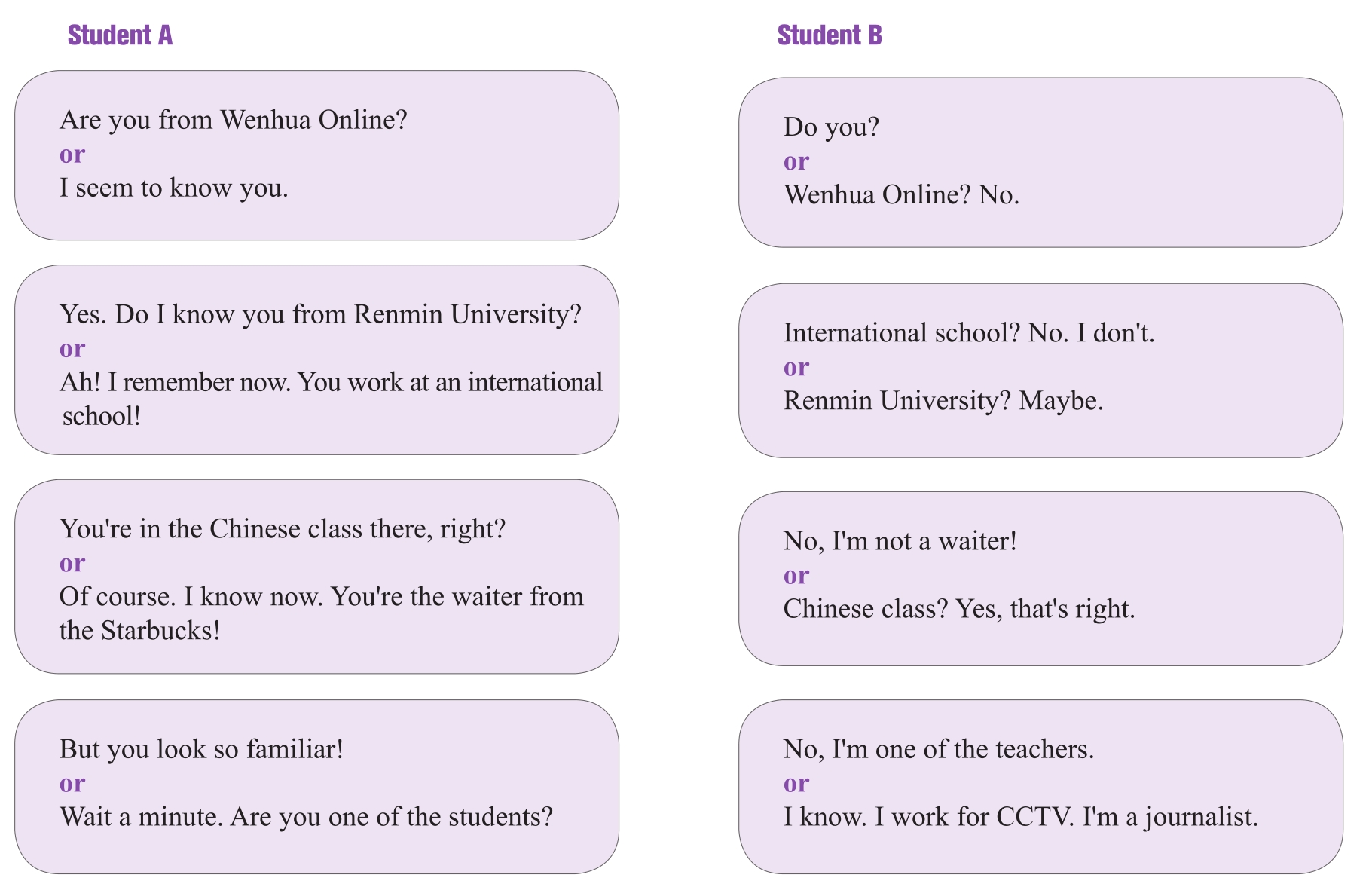
Now practice the other conversation.This time Student B begins.
Reading
1.Read the passage Getting Around in Beijing .
Getting Around in Beijing
The best ways to get around Beijing are on foot and by subway.As one of the largest,most populous cities in the world,Beijing has its fair share of traffic problems.During morning and evening rush hours,the roads are clogged with a mix of cars,bikes,and other vehicles.Therefore,the only ways to get around efficiently are walking and taking the underground transport.Most of the top attractions are clustered together,so walking is your best option.If you're traveling long distances,hop on the subway,get off at the station closest to your destination,and then flag down a taxi.Whichever mode of transport you decide to use,be sure to purchase the latest map.Beijing's thoroughfares and transportation system are evolving at an incredible pace.
Most visitors arrive through Beijing Capital International Airport (IATA Code PEK),located about a 30-minute drive from downtown.While visitors find taking a cab into the city very easy,others avoid the extra cost by using the Airport Express to reach subway lines 2,10,and 13.
2. Work in groups . Work together to complete the table with the information provided above.

3. Work in pairs . Introduce how to get around your city or hometown.
Useful Expressions:
The best way to get around…is…
The only way to get around efficiently is…
…is your best option.
Most visitors arrive through…
Writing
Your friend is coming to your city and has asked you to be their guide.Unfortunately,you will be out of town that weekend.But you can write a short guide to your city for them.They will arrive Friday afternoon at the city's main bus terminal.Write them a guide on where to go,what to eat,what to do,and what to see.Be sure to include detailed directions so they don't get lost!Include your favourite landmarks in the city!
Useful Expressions:
The (place) is a must-visit!
It's right across from (landmark) .You can't miss it!
__________has the best__________in the city.
You have to try (food) .
Sample:
The Bund is a must visit in Shanghai.It's right across the Huangpu River.You can't miss it!The Bund has the most beautiful view in the city at night.You have to try a cruise on the river and watch the night view on the Bund.It's definitely worth a visit!